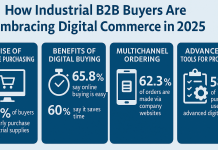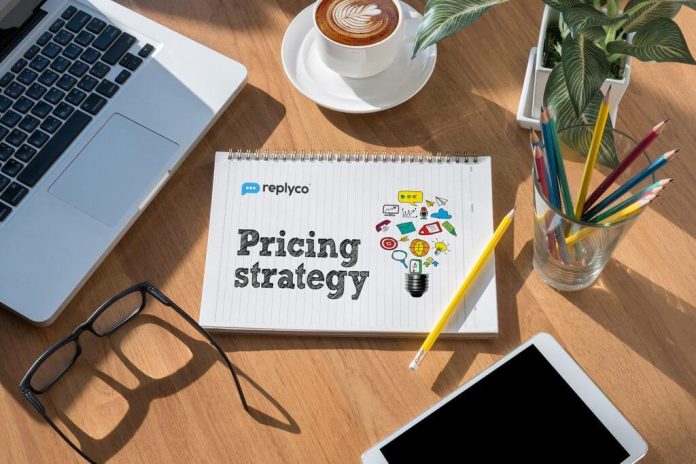Optional product pricing is selling your main or base product at a fairly cheaper rate and charging a sum of higher rate to the add ons or accessories. These accessories add to the customer experience and make it more luxurious. The company sells the accessories that come with the product at a higher price and tends to make higher profits on add ons. Like for example; selling a flight ticket at a minimal price, but charging extra money for baggage, or a window seat, or maybe food.
The main motive of a company to have this pricing strategy is to make the buyer shell more to enhance its experience of using a product or service. This pricing technique has gained increased popularity over time.
There are two basic factors while considering optional product pricing:
A} Base Product: The basic product that your company produces. This will be sold at a relatively cheaper rate and a seller will tempt its buyer to add accessories. These accessories when added to the base product shall enhance the experience of using the product.
B} Complimentary product: These products add more visibility to the brand. When a customer comes over to purchase a product, they tend to buy services or products related to it. Here a seller has to be very smart. The pricing or his selling skills can drive away a buyer. While pricing the accessory the company needs to pay attention to its market and who its target audience is. The seller should too pitch the product’s USP and benefit of adding the accessory to the product and convince them to buy it.
An optional product pricing comes with disadvantages too. The main disadvantage of optional product pricing is that your customer must buy these products or your company will incur huge revenue loss. Second, being, you should provide what you promise. If your customer does not feel that your accessory truly upgrades the experience, they will take their business someplace else.












